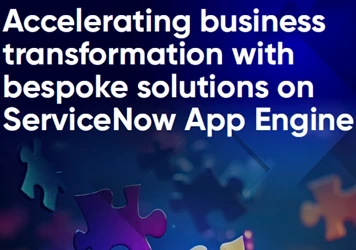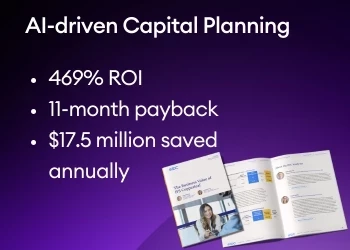Chart a new and improved course for business processes
Uncover why it is so critical for businesses to continuously update the methods they use to evaluate progress
Add bookmark
Considering the exploits of the great seafarers of the past, it is hard to believe that they had a very limited idea of their position at sea. While the astrolabe, sextant and extensive charts and tables they used were well established, they relied on an hourglass or water clock for accuracy, and one mistake with a reading or routine could spell navigational disaster.
Right up until the 1930s sailors used the same methodology, updated with modern timepieces, but essentially still a series of manual readings and complicated mathematics.
The problem with that approach was drift. Each reading established a point on the map at that moment, but there was no way they could be sure between readings that they were in fact still on course.
Should they encounter a storm or be unable to take a sighting from the sun, moon or star constellations, then their position became less certain. The gaps between readings were unknowns that could stretch the nerves of even seasoned sailors when in uncharted waters.
Get a visual on your current state
When we consider the operations of our organizations, knowing exactly where we are in the fast-changing world of business is vital. Competitive advantage can be measured sometimes in days with customer feedback and product updates being shared almost instantly around the world.
To borrow from the great explorers, our businesses are constantly navigating between reefs, searching for elusive passages to better opportunities.
That is why occasionally checking our course on outdated charts will not work.
Any number of factors can cause an organization to drift from peak productivity. Movements in staff change the dynamics of teams and introduce challenges for onboarding and training. Management shifts can impact the implementation of strategic direction and acquisitions or accelerated growth can outpace existing organizational structures and practices.
Using process manuals that were developed years ago and confined to paper is also going to become a problem. Should anyone even think to reference them, the documentation is likely out of date or difficult to decipher. As navigational aids go, they are charts that date quickly and cannot give you an accurate sense of the current conditions.
Waiting for a quarterly review or annual audit may leave it too late to catch the effects of those kinds of challenges. By the time they are recognized you are already off course, or worse, amongst rocks.
Chart a course that teams can get on board with
Modern navigation changed dramatically in the 1930s with the invention of shipboard radar and later with the evolution of satellite positioning. Suddenly seafarers had a way to accurately see their position at any time, in real time. The benefits of a GPS system are obvious, as it means that there is no longer any doubt at any time about where sailors are or where they are going.
This is what an effective process management platform offers your business, a clear picture of your organization’s direction and progress.
Good process management allows you to understand the key functions that drive your business. When those processes are made accessible and understandable by a digital process platform, you increase user engagement and enhance the effectiveness of those processes.
By employing real-time feedback loops and opening conversations about improvement within the processes themselves, you ensure that you are able to constantly course-correct your business for the best outcomes.
When things do go wrong, having digital processes available and updateable ensures the pain points or breakdowns are quickly identified and corrected. A good platform will let stakeholders know when issues are identified and allow them to engage in the improvement process.
Real-time reporting also ensures that things do not get off course. While routine check-ins and cyclical reporting are important practices, a great process platform allows those responsible to see at a glance how processes are performing and where attention should be directed.
Clarity around process ownership and involvement ensures anyone can be certain of what is expected of them at any moment.
Worldwide trade as we know it exists because of the efforts of brave seafarers in centuries past. It is effective to this day, however, because of the modern tools that make it safe, efficient and reliable.
Just as businesses continue to follow many well-worn paths to success, modern tools such as effective process management platforms will improve on those practices and ensure your business can chart a course to ongoing success.
Do you agree with Kohlenbach’s comparison of the trajectory of business processes to the optimization of navigation? Let us know in the comments below.


























